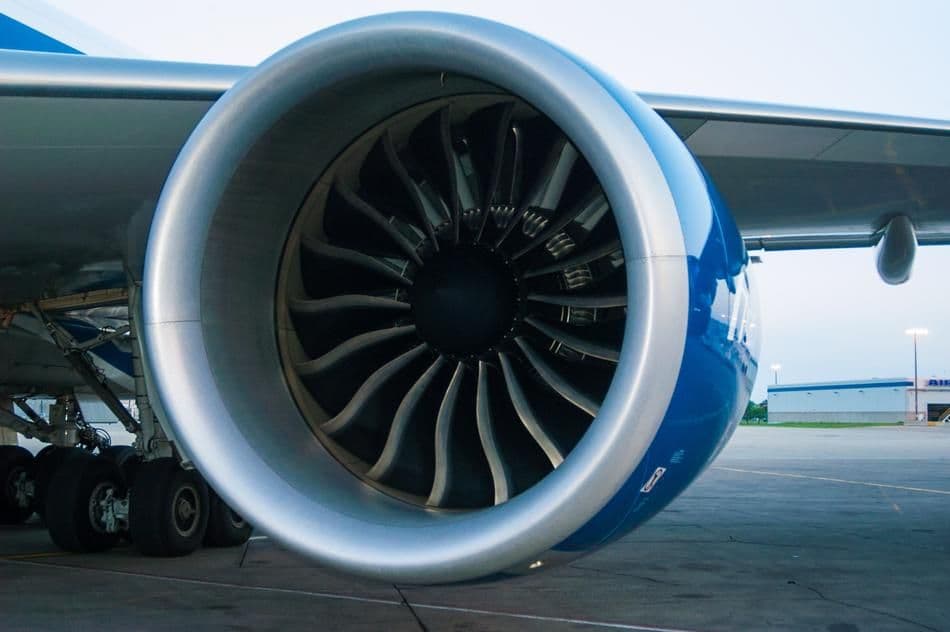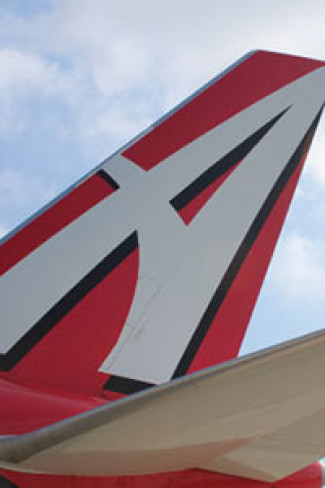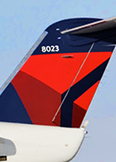Boeing to Use Only 100% Sustainable Fuel By 2030

With the new Biden administration in the White House, many investors predict that green technology will receive additional subsidies and investments. The aviation industry specifically is one sector that could potentially save money and help mitigate the effects of climate change by exploring alternate fuel sources. Boeing has stepped up to the plate and now commits to deliver airplanes that use 100% sustainable fuels by 2030, which is way ahead of schedule.
The current goal for the aviation industry is to reduce its 2005 carbon emission levels by 50% before the year 2050. In order to reach that goal, the aircraft themselves to use 100% sustainable fuels. And instead of waiting until 2050 to achieve that goal, Boeing has upped the stakes by moving the target year to 2030 with heavy investment into new fuel technology.
Find out why and what this means for pilots down below.
Carbon Emissions of Aviation
Aviation emits a massive amount of carbon dioxide, a major contributing factor to climate change. By switching to sustainable aviation fuels, airlines can reduce the carbon dioxide output from airplanes by up to 80%. That statistic is based on current fuel and aircraft technology. According to the U.S. Department of Energy, sustainable aviation fuels, or SAF, can reduce CO2 emissions by 100% in the future.
As an added incentive for airlines, SAFs are significantly less expensive than traditional jet fuel. This is due to how the fuel source is extracted and tempered into jet fuel. SAFs can be secured from the following:
-
Plethora of feedstocks, such as non-edible plants
-
Agricultural, forestry, and non-recyclable household waste
Once the above material is transformed, SAFs end up having very similar chemical composition to jet fuel. As a result, the eco-friendly fuel source can currently be safely mixed in with traditional aircraft petroleum up to a 50/50 ratio.
To reduce the aforementioned portion of traditional jet fuel, Boeing started collaborating with airlines and engine manufacturers, back in 2008. Thanks to these efforts, by 2018 a FedEx Express 777 Freighter was flown using 100% SAFs.
What SAFs Mean For Pilots
As mentioned above, the target goal for 100% SAF usage is 2050, and Boeing does not intend to wait that long. Other aircraft manufacturers may follow suit as well.
If airlines observe the expected drop in operational costs from new fuel sources, they may request older models to be retroactively fitted to utilize sustainable fuels as well. Or they may retire old models completely. So pilots may be flying new or different planes as a result of the shifting technological landscape.
One Last Hurdle
There is still a major hurdle standing in the way of this eco-friendly process. Logistics.
To bring SAFs to a distribution level on par with petroleum, significant infrastructure development is needed. In order to pay for the aforementioned expenses, SAFs are likely going to be more expensive than traditional fuels at first. Once 100% SAFs are produced at scale, however, the prices are expected to drop dramatically. When this occurs, the cheap operational costs may encourage airlines to offer more flights, which in turn means more opportunities for pilots to fly.
-

Piedmont Airlines 10/16/2024
-

ABX Air 10/11/2024
-

Allegiant Air 09/25/2024
-

Premier Private Jets 09/25/2024
-

Endeavor Air 09/25/2024
 AIRLINE PILOT CENTRAL
AIRLINE PILOT CENTRAL